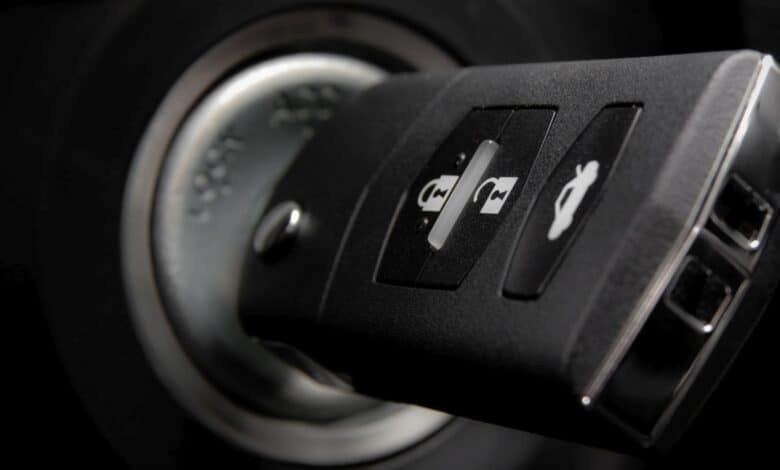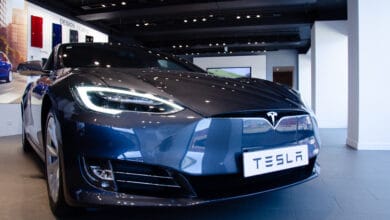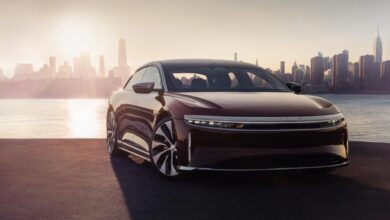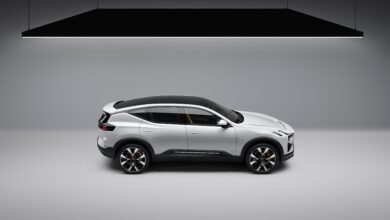
Keyless systems on modern cars, which allow them to be opened and started via radio keys, are still not sufficiently protected against theft. That’s according to a new study by ADAC, which tested 501 vehicles with keyless systems.
Keyless systems: Only 24 out of 500 cars adequately protected
The current ADAC test on keyless systems of cars comes to a catastrophic result. Only 24 of the 501 tested models are well protected against theft, which corresponds to about five percent. Compared to the last test about two years ago, the security situation on the market has improved only minimally.
With the help of a repeater, it is still easy for thieves to trick the convenience keys and thus gain access to the cars. This would extend the range of the key over several hundred meters. The car could then be easily opened and started.
“As the ADAC’s continuous tests of now 500 cars with keyless systems show, almost all vehicles could be opened and driven away without any problems,” the test states on the part of the ADAC.
According to the experts, the necessary devices for the theft could be built with little effort itself. All necessary components could be acquired for approximately 100 euro in each electronics trade. The security gap in keyless convenience keys can also be exploited if the key is supposedly safe in the house or if it is carried on the road.
Another problem is that once the engine has been started, the stolen car can be driven without the key for as long as there is gas in the tank. If the thief fills up the tank with the engine running, the vehicle can be driven over long distances without any problems.
The ADAC is therefore calling on car manufacturers to systematically secure all vehicle electronics in line with the latest security standards in the same way as has long been standard practice in other IT areas. The complete list of all tested cars can be downloaded in PDF format.
Only ultra-wide band (UWB) technology protects against theft
“Cars with keyless locking systems can easily be made more secure with digital wireless technology,” ADAC continues. At the same time, only keyless systems equipped with ultra-wideband (UWB) technology are protected against theft, it said, and could not be opened with the devices used by ADAC.
The advantage of UWB: vehicles use it to detect the exact distance to the car key and only open when it is in the immediate vicinity. If the radio signal travels too far, the keyless system refuses to work.
Since 2018, Jaguar Land Rover has been the first manufacturer to install this technology, namely in the Discovery, Range Rover, Range Rover Sport (each model year 2018), Jaguar E-Pace and i-Pace models. Since 2019, more and more car models from Audi, Seat, Škoda and Volkswagen have also been protected with UWB. BMW, Genesis and Mercedes are now also increasingly switching to a UWB chip.
Other manufacturers, however, rely on a motion sensor in the key for their keyless systems. If a key equipped with this is not moved for a certain time, the radio signal is switched off and the vehicle can no longer be illegally opened and driven away. However, in the view of the ADAC, this method is less secure, as it is still possible to steal the car during the time until the radio signal is switched off.




No replies yet
Neue Antworten laden...
Neues Mitglied
Beteilige dich an der Diskussion in der Basic Tutorials Community →